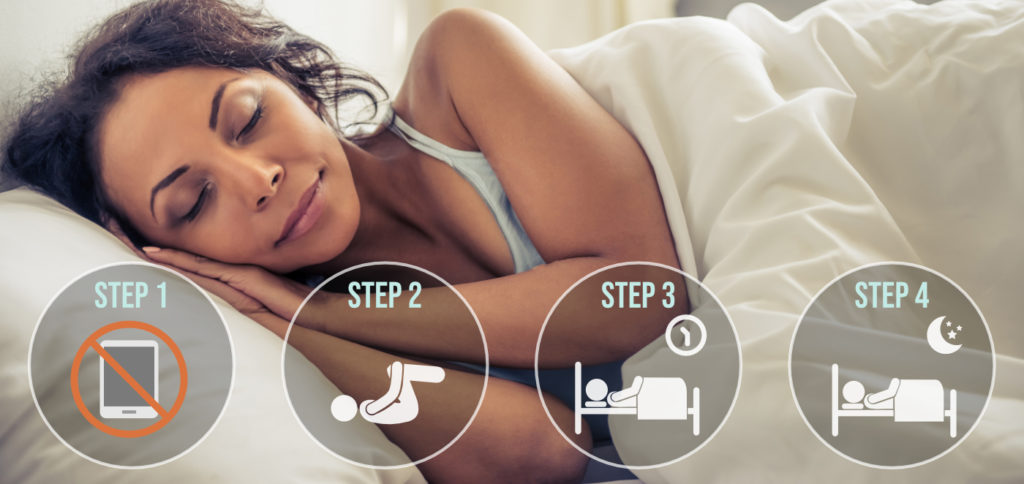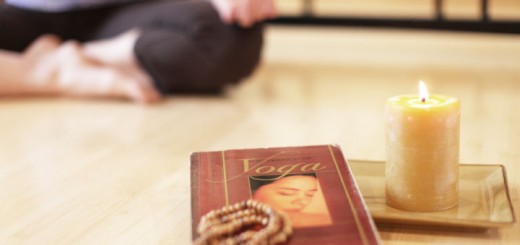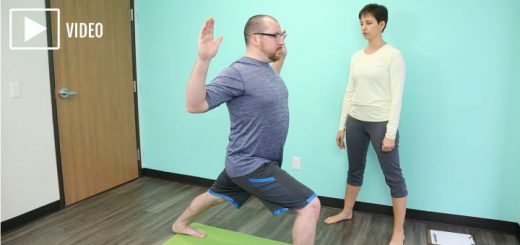How to break long-term goals into manageable pieces in your work with yoga students
0Last week we discussed how to set long-term goals for your work with yoga students. Once the student (with the teacher’s help) gains clarity on what they wish to accomplish in functional, measurable, observable, and action-oriented terms, it’s recorded as a long-term goal (LTG), also referred to as an outcome. There can be one or several long-term goals, depending on what the student is dealing with. It’s the yoga teacher or yoga therapist’s job to break down this long-term goal into manageable pieces, called short-term goals or objectives. Short-term goals are incremental goals or sub-steps that are met while progressing toward long-term goals. Most goals cannot be accomplished within the space of one yoga practice, which is why we need a step-by-step plan. Short-term goals help us move toward long-term goals, but they also have their own value, as they demonstrate to the student that change is possible and give them a sense of accomplishment and encouragement to move toward bigger goals.
When you sit down to write your short-term goals, ask yourself–what will it take for my client to accomplish what they want to accomplish? What steps will they need to take? Generally speaking, the client will need to
- Identify patterns of thought and behavior that obstruct the healing process
- Eliminate or modify those patterns
- Replace those patterns with something that serves them better
- Establish a habit of a regular home practice containing specific elements that you develop for them.
Here are some examples:
- A student who complains of neck tension following a day of intense computer work will need to assess the ergonomics of her workstation (1), modify her body positioning (2), implement frequent breaks away from the screen into her routine (3), make a habit of doing a simple stretching and breathing routine that increases circulation to her neck and upper back in the middle of her workday (4)
- A student who has trouble falling asleep will need to evaluate her bedtime routine (1), eliminate all stimulating bedtime activities (2), replace them with calming behaviors (3); add a short soothing langhana practice before bedtime and a relaxation exercise in bed (4)
- A student who is trying to deal with anxiety will need to identify the situations that trigger her anxiety (1), work on modifying her responses to those triggers (2), introduce nurturing activities into her daily routine (3), develop a consistent yoga practice that deals with physiological and psycho-emotional aspects of anxiety (4).
Rather than listing specific yogic practices that you plan to explore, it is best to map out the basic sequential steps that, in your experience, will help move your client toward their goals. Ideally, this plan should be created following the initial evaluation, then revised as yoga therapy sessions progress. Mapping out those steps right away will help you set a direction for your work, stay on track, move forward incrementally, and take the guess work out of every individual session. It’s important to keep in mind that this kind of plan is not rigid; it is meant to be adjusted as you move forward with your yoga sessions.
Example of short-term goals
Long-term goal: The client will be able to go to bed at 10 p.m. and stay asleep for eight hours without nightly awakenings within one month.
Short-term goals:
- The client will make changes to her bedtime routine by avoiding caffeine after 3 p.m., eliminating exposure to electronic screens after 8 p.m. only engaging in low-intensity activities after 8 p.m., and taking a warm shower at 9 p.m. daily prior to the next session.
- The client will get in the habit of practicing her 15-minute yoga routine at 9.30 p.m. within two weeks.
- The client will follow a 10-minute guided relaxation exercise while in bed before falling asleep at night within three weeks.
- The client will follow a 10-minute guided relaxation exercise if she wakes up in the middle of the night within four weeks.

Each set of short-term goals reflects the teacher’s action plan. To meet these objectives, the teacher will:
- Educate the student during the first session on the importance of sleep hygiene (bedtime routine), provide specific suggestions on what activities need to be changed to facilitate better sleep, and begin to design a short movement practice to be done at bedtime.
- Review and refine the bedtime routine during the second session based on the client’s feedback, finalize a short langhana yoga practice routine, and encourage the student to do it daily.
- Discuss and evaluate progress with the prescribed yoga practice during the third session and introduce a 10-minute guided relaxation exercise to be done in bed after the movement practice.
- Evaluate the client’s response during the fourth session in terms of the long-term goal, analyze progress and obstacles, reformulate the long-term goal if it was not achieved, and set a new goal if the goal was achieved.
Your own set of objectives might look completely different based on your training, experience, and teaching preferences. The important part is creating some sort of an action plan that organizes your thinking and maps out your path forward.
[jetpack_subscription_form]



















